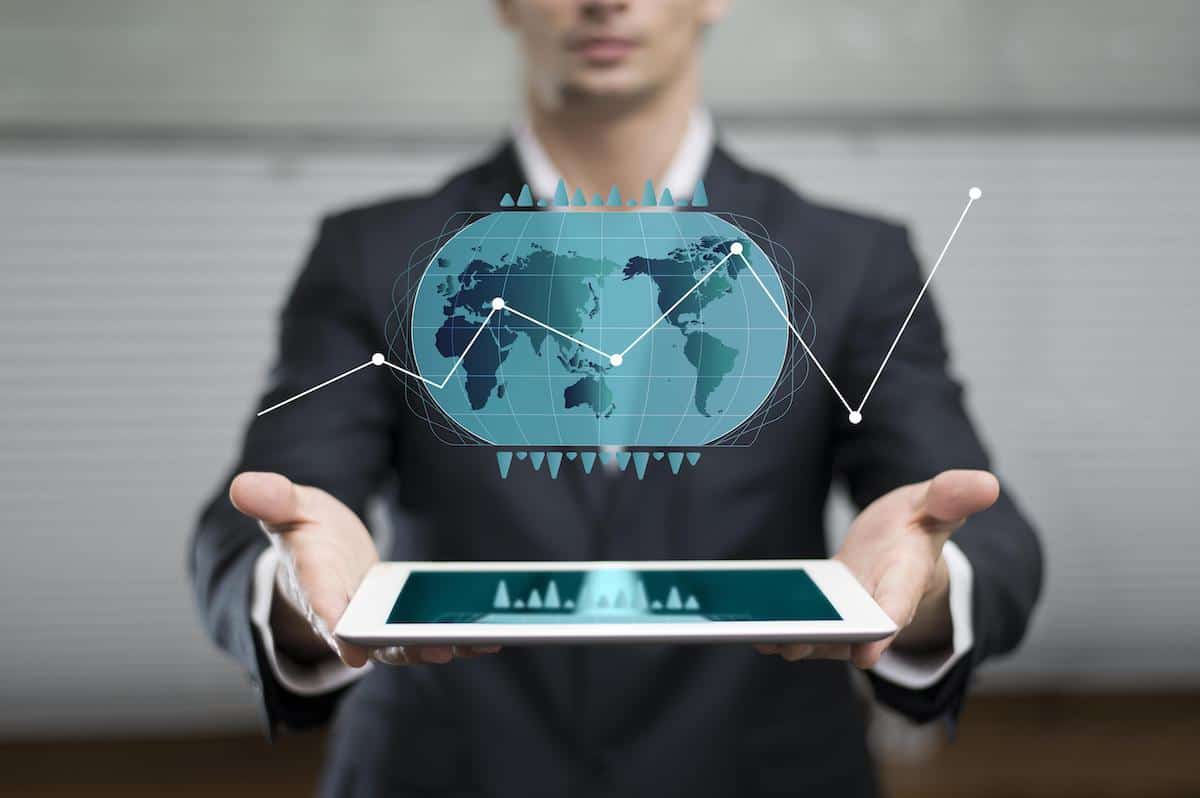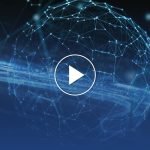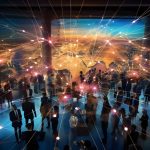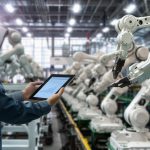There is an acceleration to IoT adoption ahead of being prepared for the full consequences
Internet of Things is a great technological revolution to know the status of each object in a series of network-connected objects. Excluding the internet connectivity aspect and focusing on the data collection part, many examples of IoT-like were implemented in the latest decades to know the status of important objects and processes. I can recognize several implementations that did not necessarily achieve their useful goals always.
Air Traffic Radars: Air Radars inform air traffic controllers about the coordinates of all civil airplanes around. Controllers must guide pilots to the proper sky corridors and elevations to avoid any collision. Many airplane crashes happened due to the mistakes of the human traffic controllers.
Lesson: Weak human performance can degrade the system even if it is well fed with accurate instantaneous data.
Airplane Blackboxes: Unfortunately, many casesof airplane crashes ended in extreme damage to blackboxes with no extracted data, or the blackboxes were not found (or even made hidden intentionally).
Lesson: Data loss renders all ofits collection useless. Parallel backup collection incritical applications should be considered such assending info online.
Lesson: Data can tell about thedifficult problems, however, there is inability to make parallel roads wider frequently or provide alternative routes or tunnels.
Lesson: Fire fighting is always slower than the spread of fire even if the alarm data is instantaneous.
Pollution Sensors: For decades, scientists and environmentalists measure regularly and precisely all the parameters of pollution in air, water, sand, frozen seas, etc. collecting negative-impact data and trends on earth. There are climate summits yearly raising alarms and warnings on the negative future of earth with no full or sincere tangible actions.
Lesson: What is the use of data if there is no serious decision making on what affects all humans and creatures on our planet?
Chernobyl Disaster: Any nuclear reactor is over equipped with sensors and control panels to maintain the safety of the critical plant. The catastrophe happened despite all the monitoring people and systems.
Lesson: Precautionary procedures must be taken at a lower thresholds of critical values.
Considering past cases, instantaneous data collection and IoT do not necessarily prevent the disasters to happen. They can give early warnings to take the necessary precautionary measures ahead of reaching an accident or catastrophic levels. Additionally, they provide data for analysis for future assessments and improvements. I consider that the civil aircraft blackbox is the greatest USEFUL example of the role of IoT. The thorough and serious investigations into all air accidents using the blackbox data have lead to better safer designs and less accidents, causing air traveling to be among the safest travel means. Additionally there are trends to come up with more advanced blackboxes.
IoT is a growing trend and it will generate useful big data. I conclude from these lessons some recommendations:
- There should be studies and analysis on all aspects of the collected (really useful) data of any system and the relevant emergency scenarios to face with the extensive proper human training. Data must be enhanced with artificial intelligence.
- Legal rules must be placed determining the responsibility of human operators during specific problems and determining how long an operator is accountable if the analysed data revealed something wrong in an ancient period.
- In theory, world leaders, cabinet members, and parliament members should be all accountable for not taking the right decisions and regulations to stop any environmental damage or deterioration.
- Data logging devices should be made very robust (like aircraft blackboxes) with a parallel backup mechanism in a different place, better being online connected to some other location.
- Determining the connectivity limitations and accessibility rights of collected data as well as the period of storage of such data. Whenever applicable, it is good to publish data on cloud for public access and benefit. Thanks to CERN (hadron collider) this year releasing publicly 300TB of experimental data.
- Each accident must drive to reevaluate the current IoT system and what modifications and additions are required for a safer behavior and better and faster data collection.
In conclusion, there is an acceleration to IoT adoption ahead of being prepared for the full consequences. It is more or less like inventing the first generation of cars without yet having the proper roads, rules, policemen, traffic lights and traffic signs. Many problems, conflicts and dispute will arise legally and costs will be incurred, all for the sake of network instantaneous data.
 The article was written by Mohammad Amer Shallah, Auto-ID Support, www.ai-support.com. Amer has been implementing automatic identification, data capture technologies, and mobility for 20 years in domains of business, government and security. The accumulated experience and continuous follow up on latest emerging technologies help him to contribute writings about current trends and highlight challenges. The original articles can be accessed here.
The article was written by Mohammad Amer Shallah, Auto-ID Support, www.ai-support.com. Amer has been implementing automatic identification, data capture technologies, and mobility for 20 years in domains of business, government and security. The accumulated experience and continuous follow up on latest emerging technologies help him to contribute writings about current trends and highlight challenges. The original articles can be accessed here.
Terms of Use and Copyrights: https://goo.gl/Rl5XoS. Images in the document are “Labeled for reuse” from web search.



